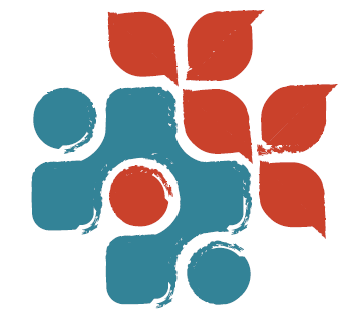Pilates, Movement Therapy and Athletic Therapy, What's the Difference??
Being in the business of therapeutic Pilates, I’ve often wondered what the difference is between these modalities myself. To be honest, it’s difficult to pin these modalities down to a simple definition, so below I’m going to break them down more specifically in how they relate to what we offer at CoreWorks..
Let’s start with Pilates…
Pilates is a type of mind-body exercise developed in the early 20th century by German physical trainer Joseph Pilates, after whom it was named. It is composed of exercises that are performed on the mat or on specific Pilates equipment. Pilates can be used as a standard fitness practice, to fine tune athletic performance or to help with injury or pre- and post-op conditioning. Some Pilates exercises can be considered a type of movement therapy along with Yoga, Tai Chi and Qigong
Movement Therapy…
Movement Therapy is described in encyclopedia.com as:
“a broad range of Eastern and Western movement approaches used to promote physical, mental, emotional, and spiritual well-being.” As I see it, movement therapy is any type of movement used to help correct or retrain faulty patterns; be they mental or physical.
And finally, Athletic Therapy…
Athletic Therapists help in the prevention of injuries by helping with physical conditioning, functional movement patterns , postural analysis, and sport-specific training. As such, they can work in a clinical setting, assessing and treating various injuries, but are often found to be first responders at sporting events.
There are many similarities between Athletic Therapy and Physiotherapy, but the main difference is education (Physiotherapy is more extensive). What sets athletic therapy apart from movement therapy and Pilates is that athletic therapists use manual therapy techniques to treat their patients while Pilates and movement therapy are executed solely through movement instruction.
There is some overlap in all three modalities so perhaps this is why I’ve been searching for specific definitions. Pilates instructors and movement therapists (some people use the names interchangeably) can also help with physical conditioning, functional movement patterns and postural analysis. The main commonality between these three therapies is that they all help people return to their usual activities, whether that means playing competitive sports or walking to the mailbox and back. All are great choices to get you back to doing what you love, but we have a special place in our heart for Pilates.
